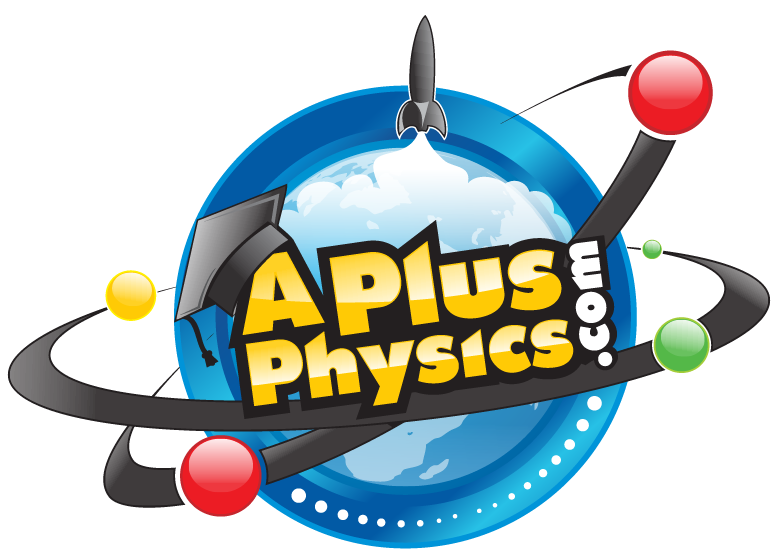APlusPhysics Blogs
Showing blog entries posted in for the last 365 days.
- Earlier
-
We all use trampolines, but now I understand how they work completely!
-
anybody else love these classic forum emoticons? They’re so corny yet I love them anyways. anyways, I was wondering. What’s your favorite feature of this site? Mine is the badge system, a bit generic but I love it nonetheless. My hope is to collect all the badges one day.
-
Forever now solidified with the invention of the Gauss Rifle, which I anticipate will soon lead to magnetic food delivery systems. Don’t quote me on this.
-

Public Service Broadcasting "The Race For Space" Essay
RegentsScholar06 commented on ThePeculiarParticle's blog entry in Captain's Log
Will you ever come back? -

Physics Test Tomorrow: How I feel
RegentsScholar06 posted a blog entry in A Shining Blog in Darkness
Hello all, you’re in for a treat with the first blog post in *checks notes* FIVE YEARS? Well, I suppose this will be relevant enough. I’ve discovered the site through my physics regents review book, and the big day is soon upon me: tomorrow, in fact, is my Physics regents. I hope I do well! I realize it isn’t a Monday, but I felt inclined to share. have a great day to you all, and enjoy this meme. -

KSP for Dummies - Lesson 1: The Interface
RegentsScholar06 commented on Bogart's blog entry in Bogart's Blogging Bonanza
What do you think of the sequel? -

WHY BATMAN SHOULD BE DEAD!!!!(MUST SEE)
RegentsScholar06 commented on TheNightKing's blog entry in CLICKBAIT TITLE
This is true. -

Video games are kinda physicsy
RegentsScholar06 commented on Qwayway's blog entry in A Queue of Posts
This is Breaking Bad tier dialogue in the best possible way.- 2 comments
-
- computation
- video games
-
(and 1 more)
Tagged with:
-

Falling Penny vs. Falling Pen
RegentsScholar06 commented on jrv12's blog entry in jrv12's physics blog
I think you’re right, though I would need access to the Empire State Building and a cadaver to conduct such an experiment. I’m trying to decide what would be harder to get. -
Going back to theory based physics, we now have to look into what String Theory is now. So, to start off with a general idea of what it is, String Theory is the idea of one-dimensional objects called strings are able to move through space and time and interact with each other. Meaning, the idea of String Theory is the idea of multilevel universes living amongst each other. String Theory can also get into various subject (to solve problems) such as black hole physics, early universe cosmology, nuclear physics, and condensed matter physics. A big problem with the theory is that the full theory does not have a full definition for all circumstances. Also, the theory describes multiple universes, which has created problems involving particle physics based on String Theory. So, that's all for now on String Theory. I will address more later (maybe) but for now tune in for more physics on reality.
Terms of Use
The pages of APlusPhysics.com, Physics in Action podcasts, and other online media at this site are made available as a service to physics students, instructors, and others. Their use is encouraged and is free of charge. Teachers who wish to use materials either in a classroom demonstration format or as part of an interactive activity/lesson are granted permission (and encouraged) to do so. Linking to information on this site is allowed and encouraged, but content from APlusPhysics may not be made available elsewhere on the Internet without the author's written permission.
Copyright Notice
APlusPhysics.com, Silly Beagle Productions and Physics In Action materials are copyright protected and the author restricts their use to online usage through a live internet connection. Any downloading of files to other storage devices (hard drives, web servers, school servers, CDs, etc.) with the exception of Physics In Action podcast episodes is prohibited. The use of images, text and animations in other projects (including non-profit endeavors) is also prohibited. Requests for permission to use such material on other projects may be submitted in writing to info@aplusphysics.com. Licensing of the content of APlusPhysics.com for other uses may be considered in the future.
